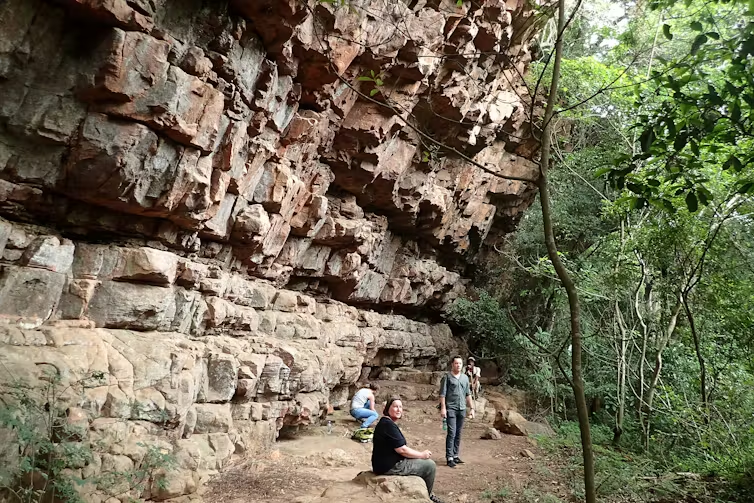Unveiling Japan's Genetic Tapestry: A Tripartite Ancestral Legacy
An artist’s rendition of a man from the Kofun Period based on a skull excavated from the Kanai-Higashiura ruins in Shibukawa, Gunma Prefecture (Provided by the Gunma Prefectural Museum of History)
In a groundbreaking exploration of Japan's genetic landscape, a comprehensive DNA study has reshaped our understanding of the ancestral roots that underpin the modern Japanese population. Analyzing the genomes of 3,200 individuals across Japan, researchers have unearthed compelling evidence suggesting not two, but three distinct ancestral groups have contributed to the rich tapestry of Japanese heritage.
Traditionally, it was believed that modern Japanese ancestry stemmed from two primary sources: the ancient Jomon hunter-gatherers, who roamed Japan from 16,000 to 3,000 years ago, and the subsequent influx of Yayoi farmers who arrived around 900 BCE. However, the revelation of a third ancestral group, previously unknown, has illuminated a new chapter in Japan's genetic saga.
Building upon the foundation laid by prior studies, which identified this enigmatic ancestral group in the transition from the Yayoi to the Kofun period (300–710 CE), the latest research delves deeper into the genetic fabric of Japan. The study's authors elucidate, "Our analysis finds that the Jomon maintained a small effective population size of ~1,000 over several millennia, with a deep divergence from continental populations dated to 20,000 to 15,000 years ago, a period that saw the insularization of Japan through rising sea levels."
The introduction of rice cultivation by individuals with Northeast Asian ancestry marked a pivotal juncture in Japan's genetic evolution. Yet, the most striking revelation lies in the identification of a subsequent influx of East Asian ancestry during the imperial Kofun period, solidifying the tripartite model of Japanese genomic origins.
Mapping the distribution of ancestral components across Japan, researchers uncovered a mosaic of genetic legacies. Okinawa emerged as a bastion of Jomon ancestry, boasting the highest proportion (28.5 percent), followed by the Northeast (18.9 percent), with the West exhibiting the lowest percentage (13.4 percent). These findings not only underscore the diverse genetic landscape of Japan but also shed light on regional variations in ancestral heritage.
Moreover, genetic affinities between different regions of Japan and ancient populations provide invaluable insights into historical migrations and cultural exchanges. The team's analysis revealed a closer relationship between the West and ancient Chinese groups, particularly in the Yellow River region, hinting at historical connections that shaped Japan's genetic mosaic.
Furthermore, the study elucidates the genetic affinities of Northeastern populations with the Jomon and ancient Japanese genomes, as well as with ancient Koreans from the Three Kingdoms period. These findings align with historical records and archaeological evidence, suggesting a complex web of interactions and migrations that have sculpted Japan's genetic landscape over millennia.
Intriguingly, the study postulates potential ancestral groups responsible for these distinctive genetic signatures, including the enigmatic Emishi people of Northeast Japan. However, the true origins of these groups remain shrouded in mystery, underscoring the need for further interdisciplinary research to unravel Japan's intricate genetic tapestry.
As we peer into the genetic annals of Japan, each strand of DNA whispers a tale of migration, adaptation, and cultural exchange, weaving together the diverse threads of Japan's ancestral heritage. Through the lens of genomic exploration, we embark on a journey of discovery, unraveling the ancient mysteries that lie encoded within the genomes of modern-day Japanese individuals.
The study, a testament to the collaborative efforts of geneticists, archaeologists, and historians, offers a glimpse into the mosaic of human history, reminding us of the interconnectedness of our shared heritage and the infinite complexities that define the human experience. Published in Science Advances, this landmark research heralds a new chapter in our understanding of Japan's genetic legacy, inviting us to delve deeper into the labyrinth of human origins.
The study is published in Science Advances.






